From racetrack to space race: how the Omega Speedmaster helped put man on the Moon
The Omega Speedmaster was the first watch on the Moon, and remains the only timepiece qualified by NASA for space flight. But that wasn’t always the plan.

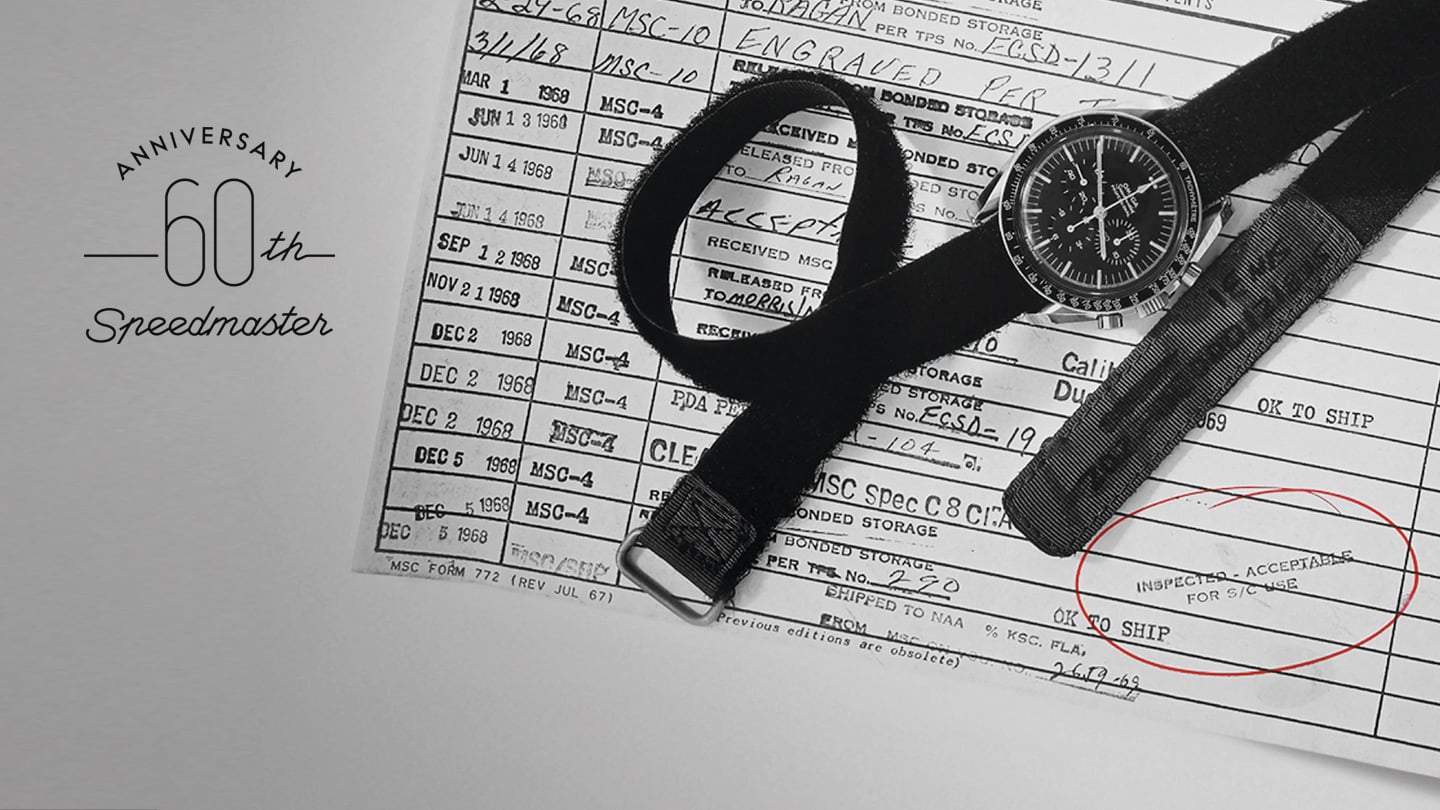
In 1957, Swiss watchmaker Omega announced a trio of new timepieces aimed at professionals.
They were the Seamaster diving watch, the Railmaster, a watch designed for those who work close to strong electrical fields, and the Speedmaster, with its tachymetre intended for racing drivers and their co-drivers to calculate average speed.
As many readers will know, the Seamaster - a rival to the Rolex Submariner diving watch - found fame on the wrist of James Bond through the Pierce Brosnan and Daniel Craig eras. The Railmaster, a subcategory of the Seamaster, led a far quieter life in comparison.
- T3's guide to the best watches for men
- The best watches under £1000
- 5 best watches to invest in right now
But it was the Speedmaster whose status grew to become quite literally out-of-this-world.
At first the Speedmaster was marketed at racing drivers, as the tachymetre scale printed on the non-rotating bezel could be used to measure the average speed of a moving vehicle over a known distance. There was also a three-dial chronograph that measured seconds, minutes and hours.
The Speedmaster wasn’t the first watch to feature a tachymetre, but it was the first to print the numbers on its bezel, a far more legible location than on the face, as was the case on all others.
The dawn of the Space Race
Despite the technological muscle-flexing demonstrated by the USA and USSR during their respective bids to put man into space and eventually on the Moon, computers were in their infancy. When NASA decided on equipment to be taken to space by its astronauts, a mechanical wristwatch was on the list, to serve as a backup in case of computer failure.
Get all the latest news, reviews, deals and buying guides on gorgeous tech, home and active products from the T3 experts
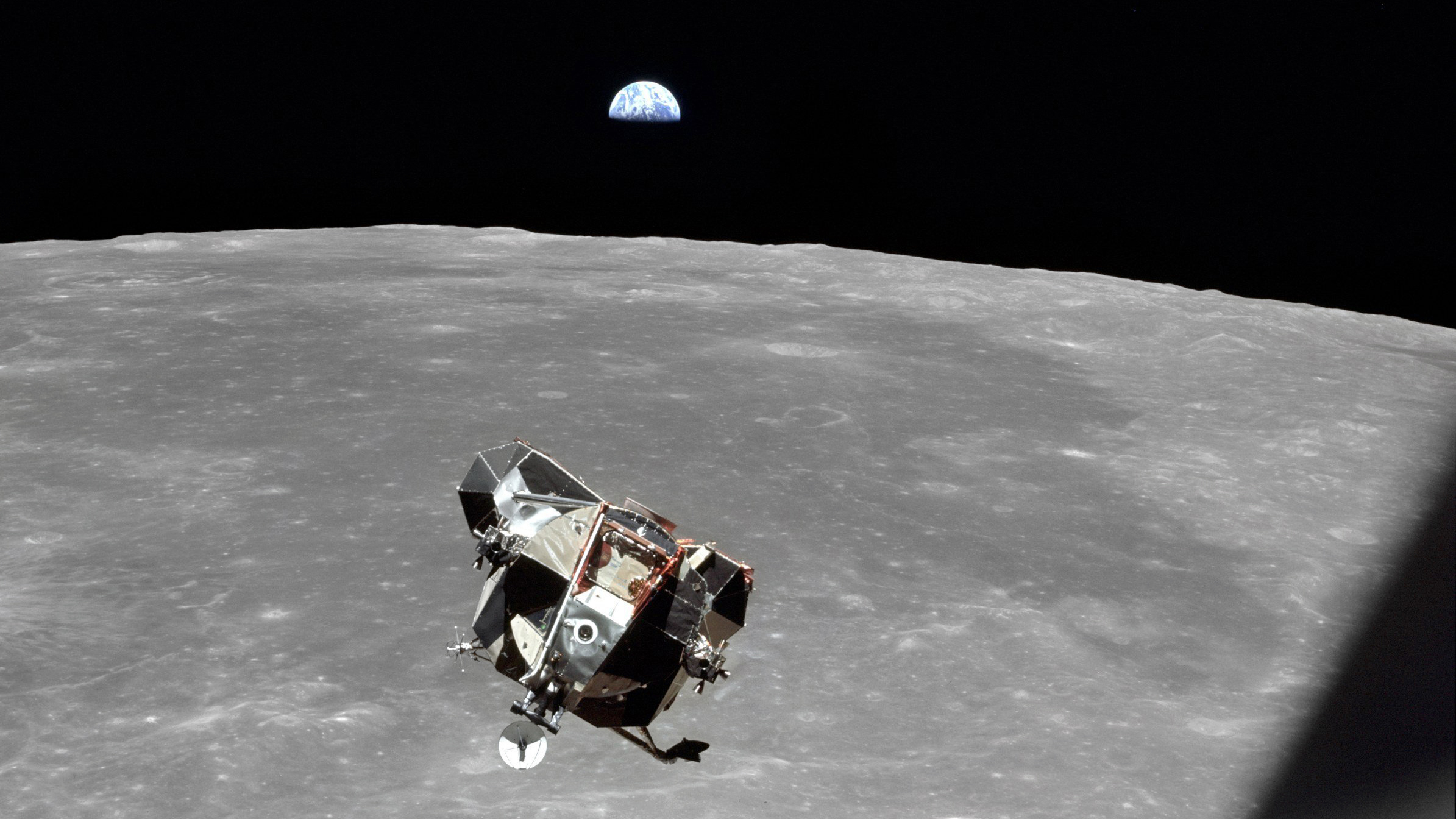
While this equipment list was being worked out, in 1962, astronauts Walter Schirra and Gordon Cooper each bought an Omega Speedmaster.
These watches were then used, albeit in a private capacity, during the orbital flights of NASA’s Mercury Program. On 3 October, 1962, Schirra’s Speedmaster unofficially became the first watch in space.
Certified for Space Flight
As its Gemini program began, NASA wanted to find a watch which could hold up to the extreme temperature change and G-force experienced during space flight. A bid for tender was launched by the space agency in October 1964 and sent to a range of watch manufacturers, including Omega.
Four manufacturers replied, but Hamilton was dismissed immediately for inexplicably suggesting a pocket watch, instead of one that could be strapped to the arm of an astronaut’s spacesuit. For the next stage, chronograph watches from Rolex, Omega and Longines-Wittnauer were purchased by NASA for testing.
NASA’s 11 tests
The tests each watch was subjected to, in a bid to simulate life in space and on the Moon, were:
High temperature: 48 hours at 70 degrees centigrade followed by 30 minutes at 93C
Low temperature: Four hours at -18C
Rapid temperature change: 15 cycles with a high of 71C and a low of -18C
Humidity: Ten, 24-hour cycles with temperature ranging from 20C to 71C, at a relative humidity of 95%
Corrosion: 48 hours in a 100% oxygen environment at 71C
Shock-resistance: Six shocks of 40g each, in six directions
Acceleration: Accelerated from standstill to 7.25G for five minutes, followed by 16G for 30 seconds, along three axis
Decompression: Subjected to 90 minutes at 10E-6 atmospheres at a temperature of 71C to 93C
High pressure: One hour at 1.6 atm
Vibration: Random vibrations from five to 2,000 Hz, along three axis, with acceleration of at least 8.8G
Acoustic: Subjected to 130dB for 30 minutes, over a frequency range from 40 to 10,000 Hz
Each watch’s ability to tell and keep time was examined after every test. The Rolex and Longines-Wittnauer both failed the high temperature test. But, while the luminous material on its dial came off, the Omega Speedmaster was declared the winner as it was the only watch that didn’t stop after any of the 11 tests.
On 1 March, 1965 the Omega Speedmaster was the first (and remains the only) watch to be given NASA’s ‘Flight Qualified for all Manned Space Missions’ certification.

First watch on the Moon
Speedmasters were worn by the crew of Gemini missions three to 12. It was then chosen for Apollo 1, which was aborted due to a fatal fire during ground tests, and returned to space aboard Apollo 7, 8, 9 and 10.
Then came Apollo 11 and 16 July 1969, when Speedmaster watches were strapped to the wrists of Neil Armstrong, Buzz Aldrin and Michael Collins. More specifically, Armstrong and Aldrin wore Speedmaster reference ST 105.012, and Collins had an ST 145.012. Although many models of Speedmaster have come since, to retain NASA flight-qualified certification Omega has made very few changes to the basic design and movement since 1965.
Although accounts vary, it is believed that Armstrong removed his Speedmaster and left it in the lunar module before stepping out onto the Moon. There, the watch could be used as a backup timing system, should the glitchy computer fail on the return journey as much as it did during landing.

As such, it is believed that Aldrin’s Speedmaster was the first watch on the Moon - but, sadly, that watch went missing in 1970 while being transported to the Smithsonian Institution's National Air and Space Museum in Washington, and was never seen again.
To celebrate the Speedmaster’s role in one of man’s greatest achievements, Omega built 1,000 examples from solid 18-carat gold. Numbers 0001 and 0002 were given to President Richard Nixon and Vice President Spiro Agnew, but these were politely declined due to their high value, and now reside in the Omega museum in Switzerland. Numbers 0003 to 0028 were awarded to NASA astronauts, and the rest were sold to the public.
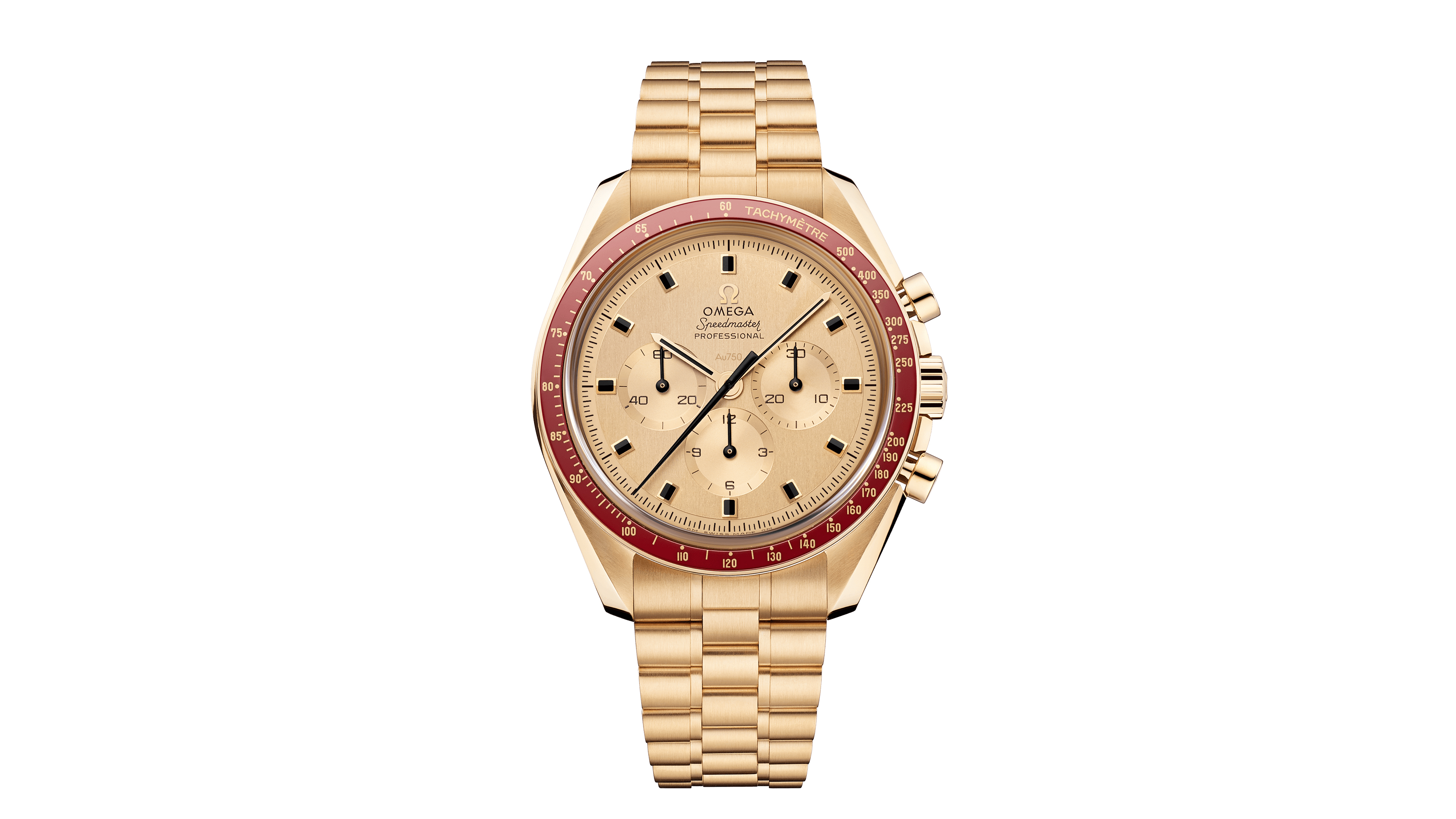
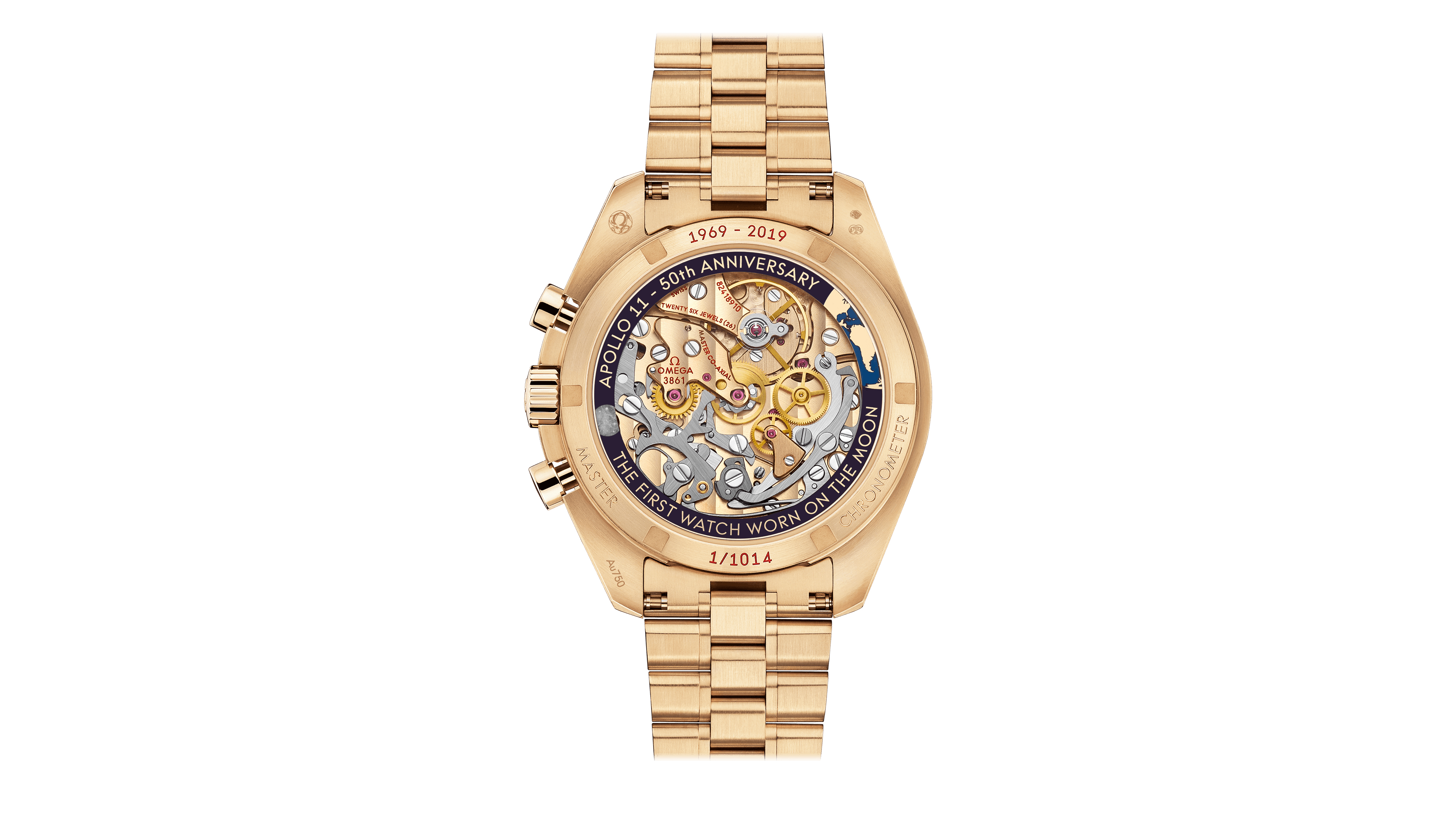
The Snoopy Award
Being the first watch on the Moon, and the only qualified to do so by NASA, is no mean feat, but the Speedmaster’s greatest achievement came in April 1970. Aboard the ill-fated Apollo 13 mission, the chronograph of an Omega Speedmaster was used in place of the craft’s disabled computer system, which had been powered down to save energy.
The watch was used by Apollo 13’s crew to measure trajectory correction times, where the craft's rockets are fired for specific amounts of time to adjust its direction, crucial to ensure it reentered the Earth’s atmosphere at the correct angle.
After Apollo 13’s crew landed safely back on Earth, Omega was presented by NASA with a distinction known as the Snoopy Award. This curious certificate is awarded to a very small number of NASA employees and contractors for outstanding achievements related to flight safety and mission success.
From 1971 onwards, new Speedmasters carried on their case the inscription: “Flight-qualified by NASA for all manned space missions. The first watch worn on the Moon.”
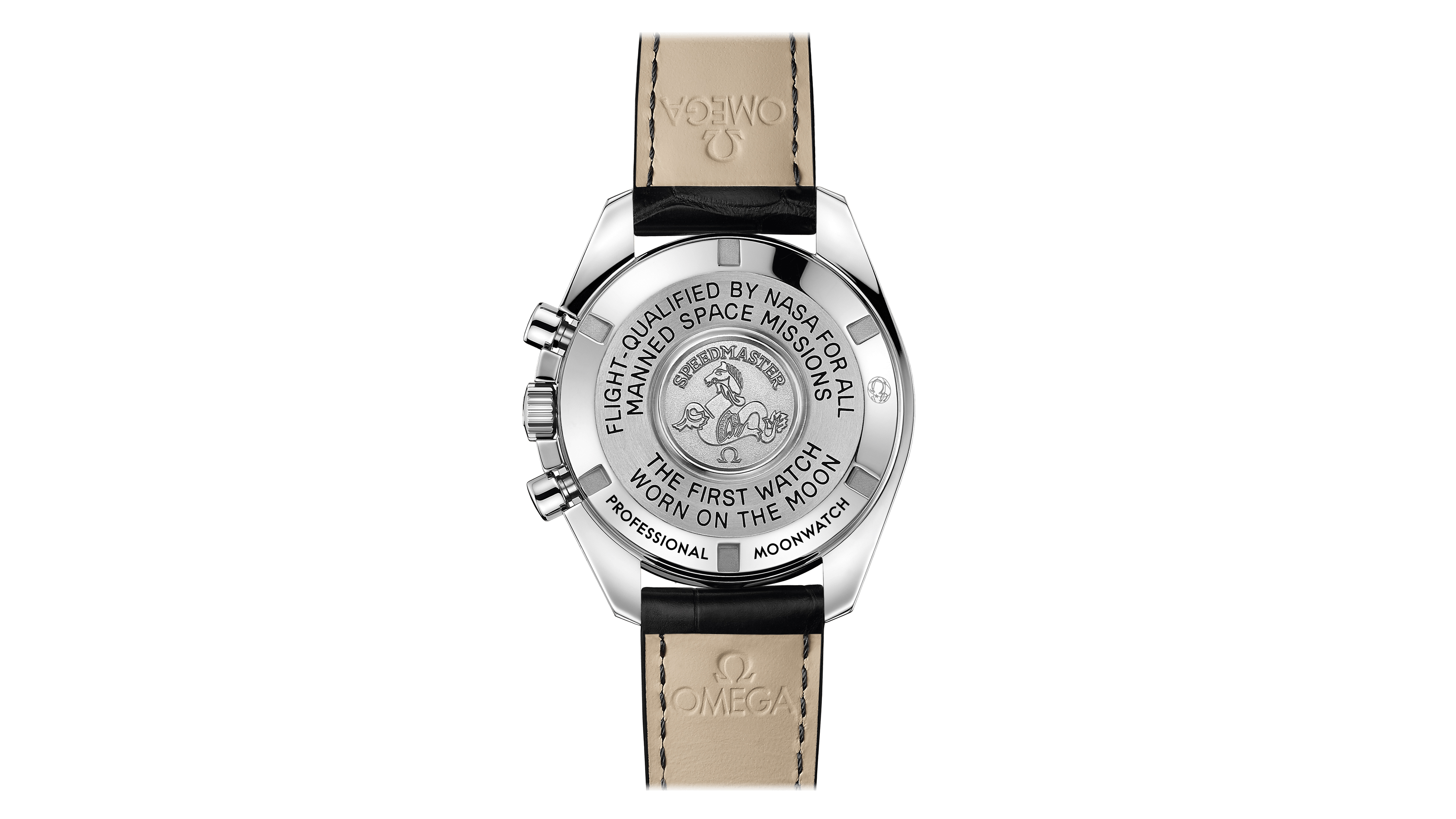
In the years since, Omega Speedmasters have been worn while driving the Lunar Rover, during man’s last steps on the Moon, on flights of the Space Shuttle, aboard the International Space Station, and during space walks.
In all, the Speedmaster was involved with 28 US space missions between 1958 and 2011.
To celebrate the 50th anniversary of the Apollo 11 Moon landing, Omega is offering two special editions of the Speedmaster. One is finished in solid gold, limited to 1,014 pieces, and designed as a close replica to those awarded to NASA astronauts after the successful Moon landing.
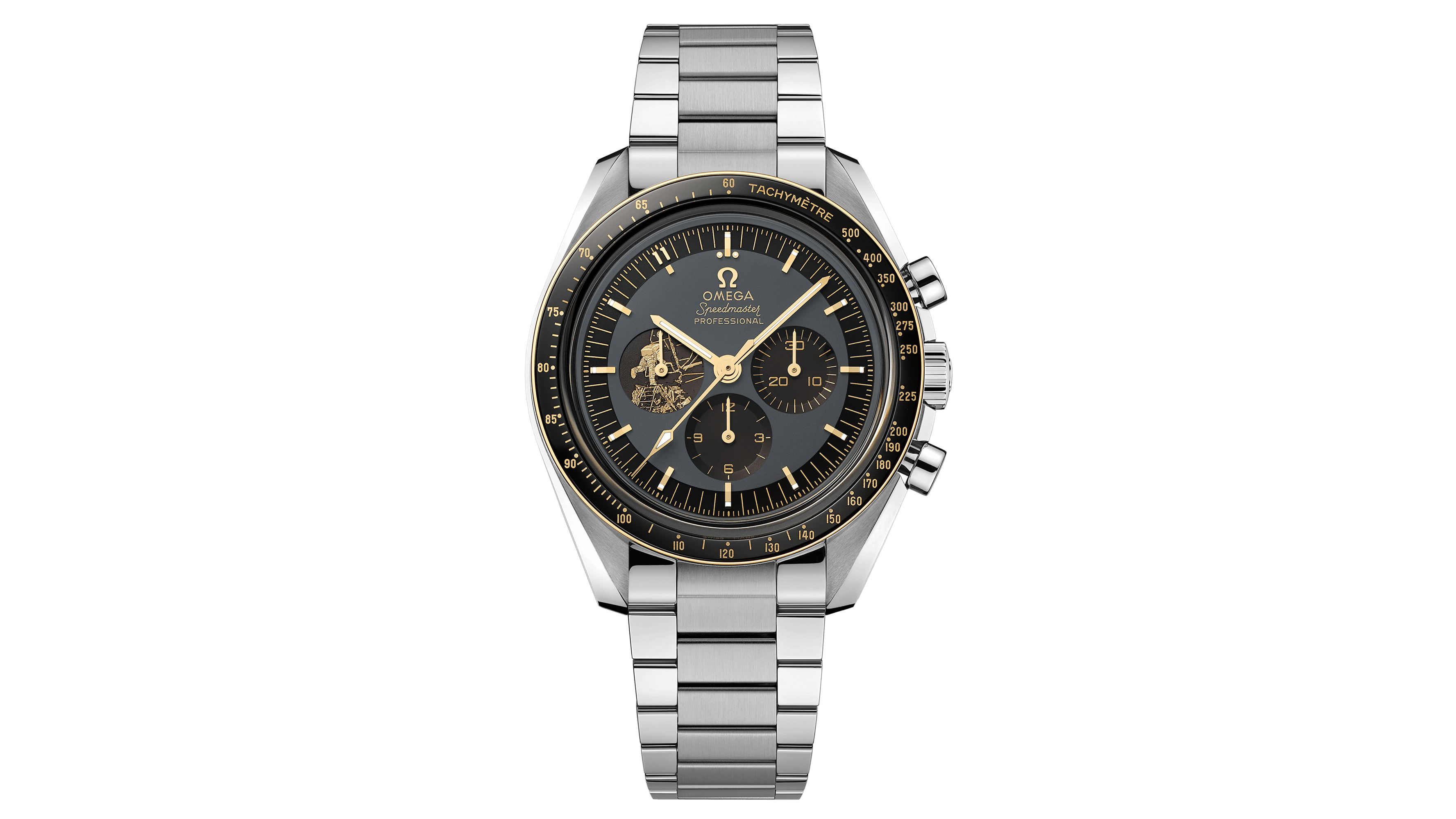
The second (pictured above), limited to 6,969 examples, is a 42mm model made from stainless steel, with a black ceramic bezel and a tachymetre finished in ‘Moonshine Gold’.
The left-hand chronograph dial features an illustration of Buzz Aldrin climbing down onto the lunar surface, and the rear of the case has a laser-etched astronaut footstep, with Neil Armstrong’s “That’s one small step for a man, one giant leap for mankind” quote written in gold around the circumference.
Liked this?
Alistair is a freelance automotive and technology journalist. He has bylines on esteemed sites such as the BBC, Forbes, TechRadar, and of best of all, T3, where he covers topics ranging from classic cars and men's lifestyle, to smart home technology, phones, electric cars, autonomy, Swiss watches, and much more besides. He is an experienced journalist, writing news, features, interviews and product reviews. If that didn't make him busy enough, he is also the co-host of the AutoChat podcast.
